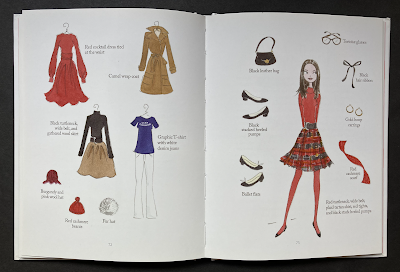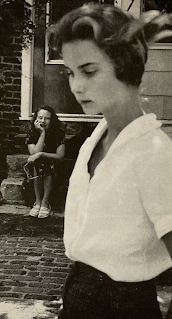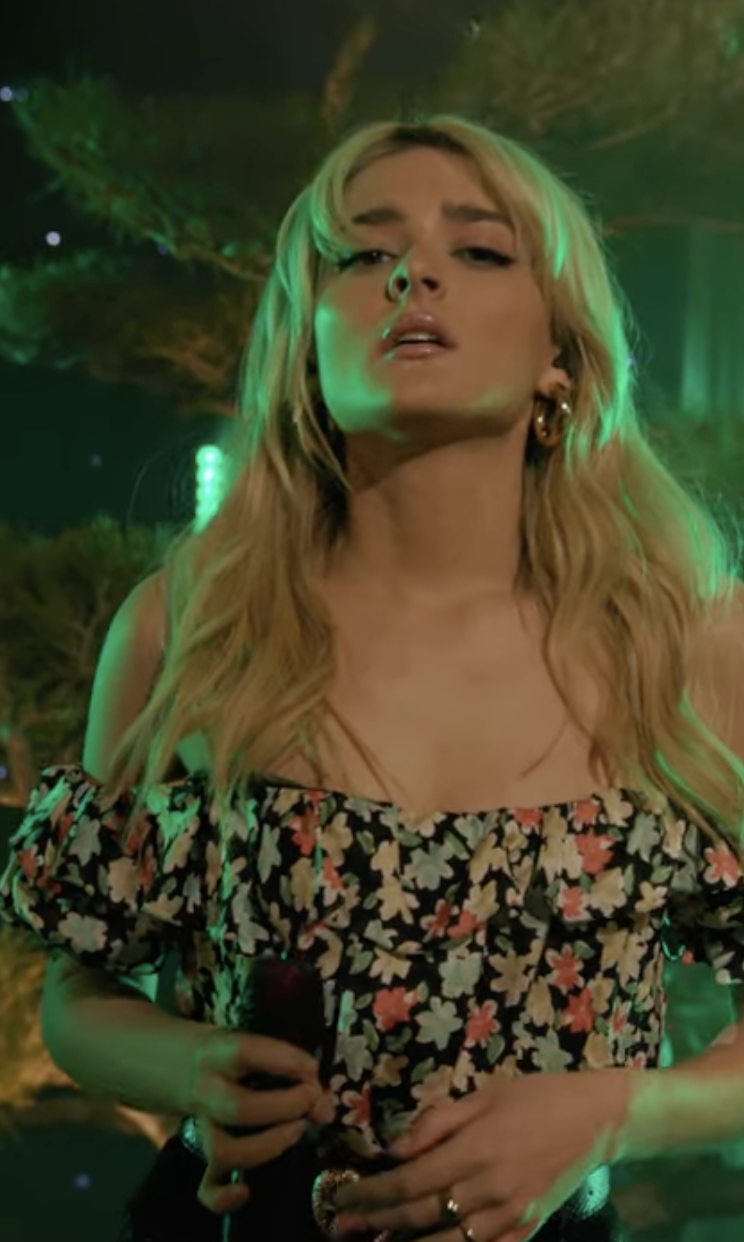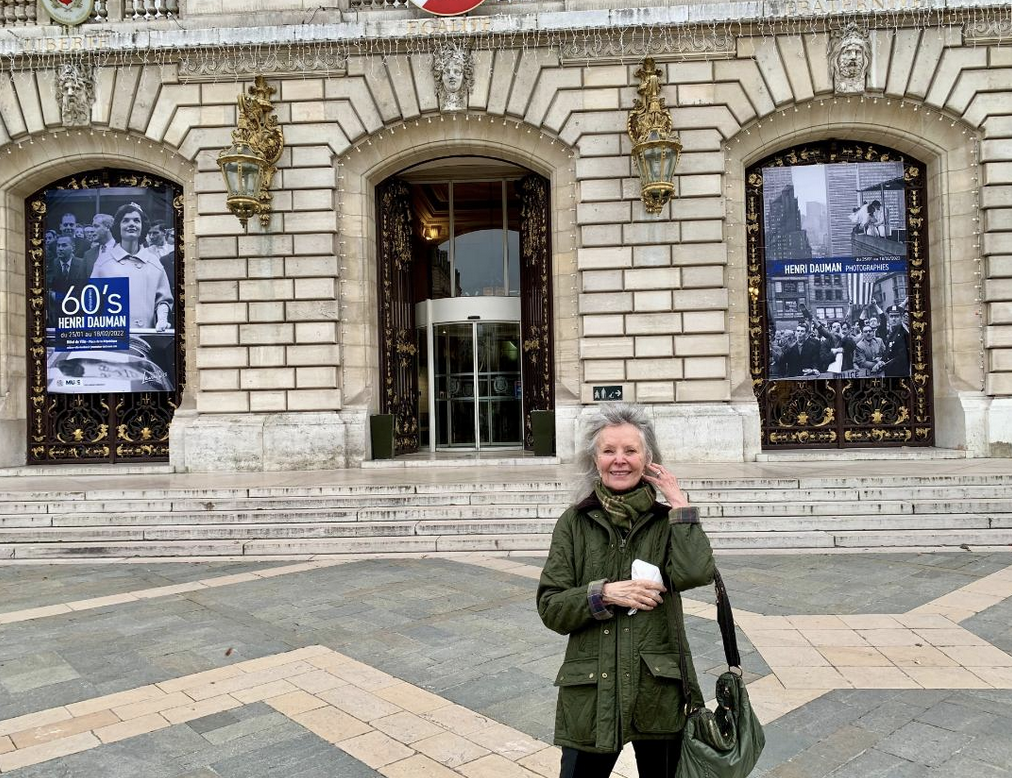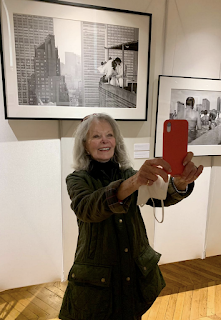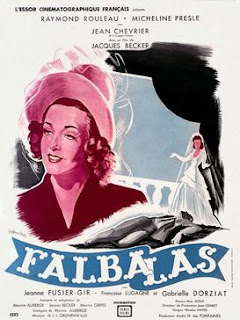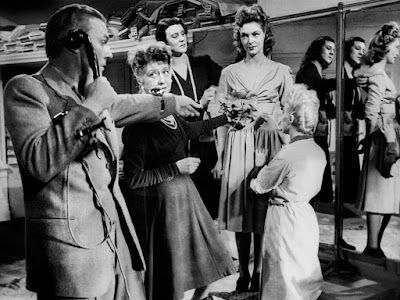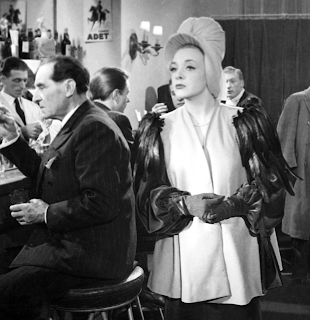"Take a picture. It'll last longer." How true. Sixteen photographs in an old Life magazine have stayed with me for the past 64 years.
In 1958, when I was 16 and sure I would never have a date let alone a boyfriend, I bought an issue of Life magazine at the Summit Hotel in
Uniontown, Pennsylvania. My mother and I were on a week's
vacation at this rambling old resort in southwestern Pennsylvania. The pretty young woman on the cover is enjoying a sailboat ride. Inside, 14-year-old Bonnie Trompeter is discovering "the fun of
being pretty" in a seven-page story.
Well, at least someone is enjoying their teenage years, I thought.
Though the braces were off and the acne pretty much cleared up, I wasn't leading anything like the carefree teenage life I'd imagined I would. Bonnie seemed to be. I was happy for her and maybe a bit jealous.
That was the week I met Carole, another guest at the resort. We discovered we went to the same high school and lived only a few blocks away. She was pretty, confident and friends with all the local kids who worked at the Summit. With her, everything changed. It was "American Graffiti" 15 years before the movie and the best week of my life. We are friends to this day.
That magazine and week have remained inexorably entwined. I don't think of one without remembering the other. But this is a story about the girl in those pictures. A fluke Facebook post has connected us, and she agreed to share the story of her most remarkable life.
 |
Bonnie Trompeter Lowe
|
Bonnie was growing up the eldest of two daughters in Larchmont, New York, 25 miles from New York City. She was studious, but shy, and felt awkward as she was so tall. She must have been a beautiful child but says she was never treated as special. Her parents were strict; she wasn't even allowed to date.
She was surprised when her mother suggested they visit the Conover agency in NYC to see if she had model potential. A writer and photographer from Life happened to be at the agency that day. They'd been searching nationwide for a teenage girl to feature in a picture story and had come up short. Bonnie feels sure they were just weary of looking so she was "it". I have a feeling they knew they'd found someone special.
The pair from Life moved up to Larchmont and spent a month following Bonnie everywhere, even to school. Life was the most popular magazine in the country. The Trompeters were told if there weren't a war or some other disaster that week, Bonnie would be the cover story. She was.
Life was an oversized picture weekly and used many well known photographers. The photographer given the assignment, Paul Schutzer, became noted for his work in Vietnam and died in 1967 photographing the Israeli Six-Day War. Strictly reportage, no photos in Bonnie's story were ever set up or posed. They capture a fairly typical, late 1950's suburban family. Her father was "a food store manager" as reported by Life. Her mother was a stay-at-home mom who made sure Bonnie was educated in the social graces, including both ballet and piano lessons. She urged her to "be somebody", but Bonnie was interested in being a good student and navigating junior high school life.
These photos of Bonnie, with her family and friends are so compelling you sense this lovely, still unsophisticated young woman is about to discover what we can see already: her good looks and inherent charm will take her a long way.
Although she says there wasn't much fanfare around town after publication, the story in Life became her "portfolio" and quickly got her a first modelling assignment—the cover of Seventeen for January 1959 shot by the notable Francesco Scavullo.
 |
First assignment, January 1959
|
She took to modeling naturally and though barely 14 was commuting regularly to New York City on assignments. This was a time before girls Bonnie's age were actually used to model
teen fashions. With the exception of Carol Lynley and Sandra Dee, who
quickly went on to acting careers, most teen models were in their early
'20s at the youngest.
Bonnie convinced her parents to let her enroll in and commute to The Professional Children's School in Manhattan for high school. PCS is a college prep academy near Lincoln Center for working young professionals in the arts and show business. Among her classmates were Christopher Walken, then known as Ronnie and performing as a dancer, and actor Brandon de Wilde. He became an early boyfriend until he went off to Hollywood and met Carol Lynley on the set of "Blue Denim". Bonnie was barely in class, studying on the go as she fulfilled an ever increasing slate of work assignments.
 |
PCS yearbook roommates
|
In fact, at age 14 she went off to London for the British publication Woman as well as being sent to Paris, also alone, to work for Marie Claire and Jardin des Modes. Bonnie said she was so terrified of Paris she spent the first two days in her hotel room before she had the courage to venture out.
 |
Working girl, 1962
|
She finished high school in three years and enrolled as an English major at Middlebury College in Vermont. Although MGM sent her to acting school and gave her a screen test with the young James Caan, her heart wasn't in it. College was something she really wanted. You can certainly see why they were interested. In this picture from Life, Bonnie looks like a young Grace Kelly.
 |
Grace Kelly in "The Swan"
|
How many pretty
girls hope to become models and how many actually do? Bonnie didn't walk the couture runway or transition into high fashion, but there has never
not been a time since 1958 until she retired in 2020 that you
wouldn't have seen Bonnie Trompeter somewhere. Her pretty good looks have never changed. She's instantly
recognizable, first as the wholesome
girl-next-door and then the lovely woman-next-door.Bonnie worked during college as well, traveling by bus to New York City or going off to assignments in Europe. It was, as can be imagined, not easy, and she left Middlebury after two years. While there she briefly dated a young man named Norm Lowe (remember that name).
 |
A too young Bonnie for this ad
|
She was, though, swept off her feet by a young man she had met at a party. She was impressed by what she thought was a glamorous lifestyle as well as the two dozen red roses he brought to the hospital when she had her wisdom teeth removed. At the tender age of 19 she married Chuck Miller in a wedding also reported and photographed by Life magazine. Bonnie doesn't remember how the second Life story came about, but the photographer was Henri Dauman (remember that name also).

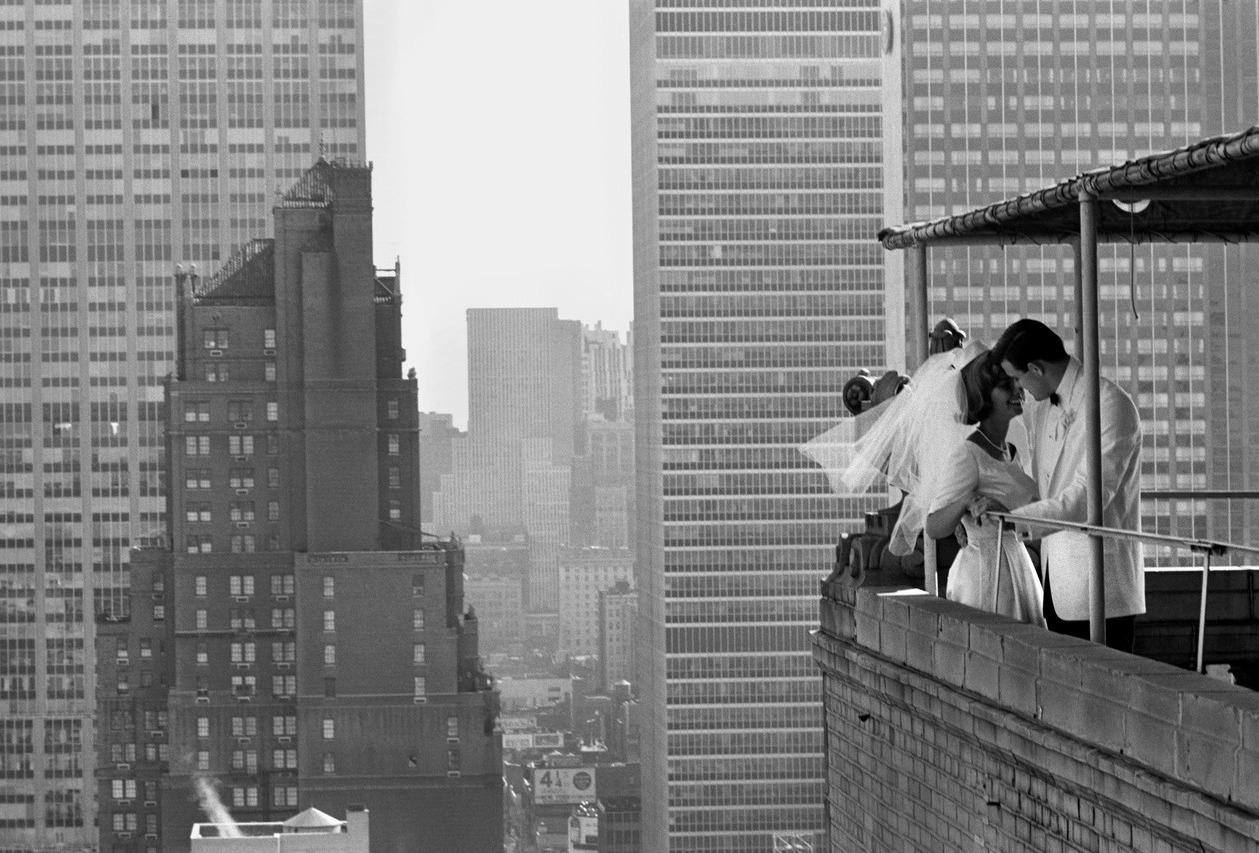
The couple lived in New York City, but the glamorous lifestyle was a myth. Bonnie continued her modeling career and gave birth to daughter Christa in 1964. By Christa's first birthday the marriage was over. Mother and daughter sometimes worked together—see Ivory Snow ad below—but it was thought Christa didn't look enough like Bonnie to be her daughter! Not only did Christa continue to have her own modeling career, she is the actress Christa Miller you probably know from many tv series— "The Drew Carey Show", "Scrubs", "Cougar Town", even "Seinfeld".
 |
Mother and daughter
|
 |
Christa Miller
|
Bonnie married a second time to a doctor, ten years older. They were together
fifteen years and had a son, but her husband was a controlling alcoholic
who insisted she keep working yet co-opted her income. And there was
real tragedy: their 15-month-old baby girl was killed in a freak car
mishap in their driveway.
Left to to support herself and her family after the divorce, Bonnie credits the catalog companies—Montgomery Ward, JC Penney and Spiegel— for keeping her in steady employ. She also helped herself by helping others and became an alcohol addiction rehabilitation counselor for 12 years at the Freedom Institute.
 |
Not here but Bonnie often was there
|
A brief third marriage to a photographer was also not a success.
As I talked to Bonnie the word "luck" kept coming up. But I couldn't help marvel at her resilience and ability to reflect with such clarity and understanding. She credits studies with inspirational Episcopalian monk and therapist Stephen Paul for spiritual healing and guidance and yoga master Rodney Lee for her interest and following of yoga. It's a tribute to a graceful and forgiving nature that she's accepted, learned and grown throughout her life.
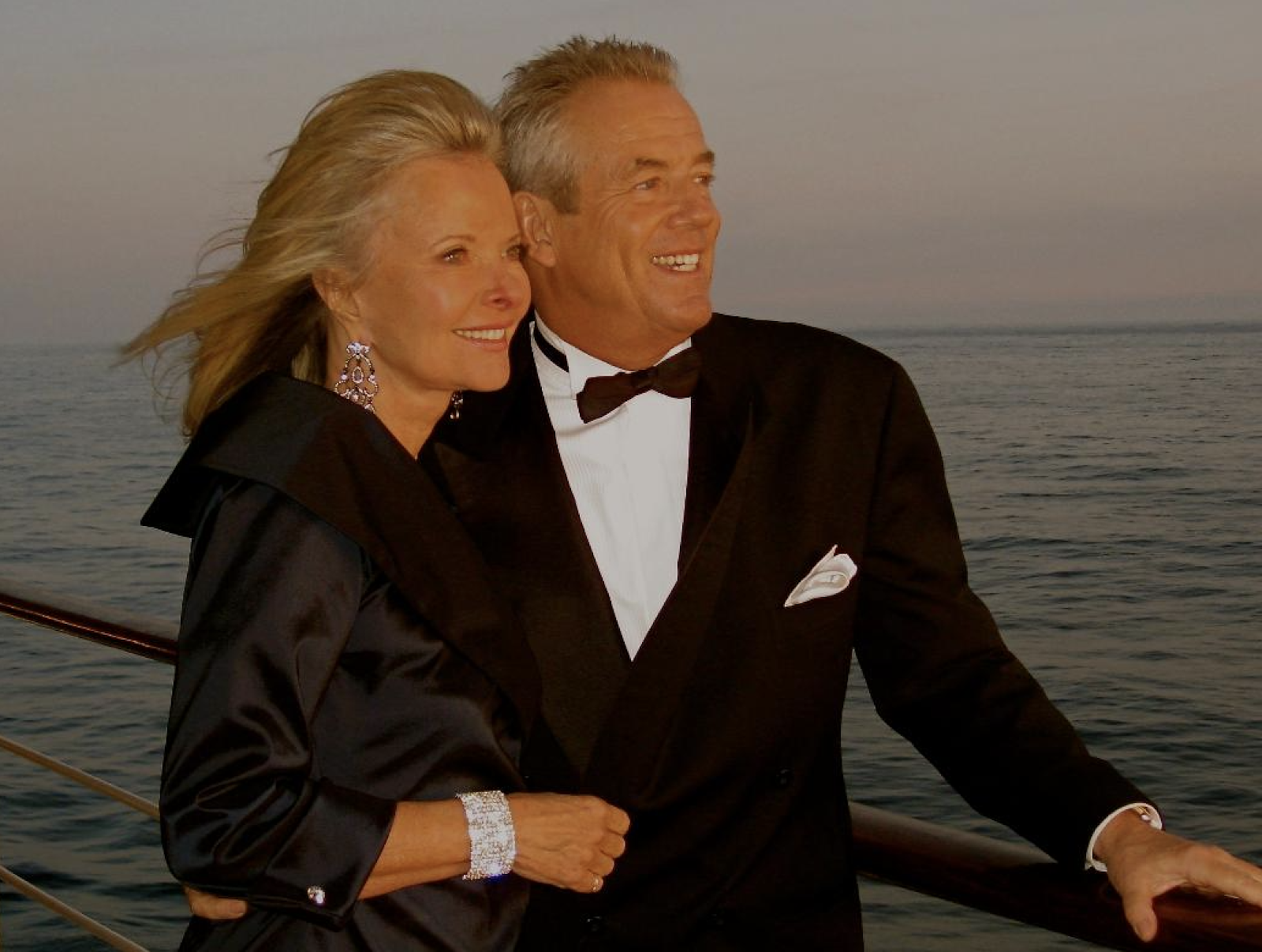 |
Still modeling in 2008
|
Here comes perhaps the happy ending or, better, the happy new beginning. Urged by a friend to attend their 25th college reunion at Middlebury, she balked at going because she had never graduated. But she went, as did Norm Lowe, the boy she "didn't appreciate at the time." They reconnected, as only former sweethearts can. He divorced, and they married in 1993.
 |
Bonnie and Norm in 2021
|
Norm retired from sales in the semi-conductor industry in 2004. The couple have bi-coastal families with 9 grandchildren between them. Although they've lived in Sherman, CT, and all three of the Hamptons on Long Island, home is now a restored 1840's house in Camden, Maine. Another later-in-life discovery is a talent for watercolors that she
never thought she had. Certain she "couldn't even draw a stick figure", she took classes anyways. She's a
lovely painter.
 |
Bonnie's bunny
|
I think we all wonder about a model's personal style. Bonnie describes hers as preppy, favoring J Crew jeans with a polo or button-down. If Ralph Lauren is reading this, he needs to cast Bonnie in one of his iconic "Americana" ads as she so embodies the rangy, All-American woman he likes to dress. Like many of us these days she prefers to have arms and legs covered, though she'll be more "local" on holiday in Spain where women often prefer dresses.
And who can resist asking a model for her beauty secrets? Bonnie's are deceptively simple. She's never even had a facial, but if she doesn't wear a bit of eyeliner and mascara she feels she looks half asleep. She's always had highlights in her hair but now has gone all-natural. Although she's always exercised, Bonnie discovered Pilates three years ago and swears by it. "It's changed everything, even the way I walk." And Bonnie and Norm enjoy Pilates and painting together.
Bonnie's granddaughter Charlotte Lawrence (Christa's daughter) deserves a mention as she is not only carrying on the modeling tradition, she is a noted young singer-songwriter and proof that there really is something to heredity.
Remember that photographer Henri Dauman? On a trip to Paris in 2015 they unexpectedly came across a retrospective of his work at the Palais d’Iéna. A pix from that wedding shoot for Life was in very good company.
When I interviewed Bonnie she was about to fly to Europe, where she and Norm would be spending much of the summer at their home in Spain, very far from where I first met her in Uniontown, Pennsylvania.




